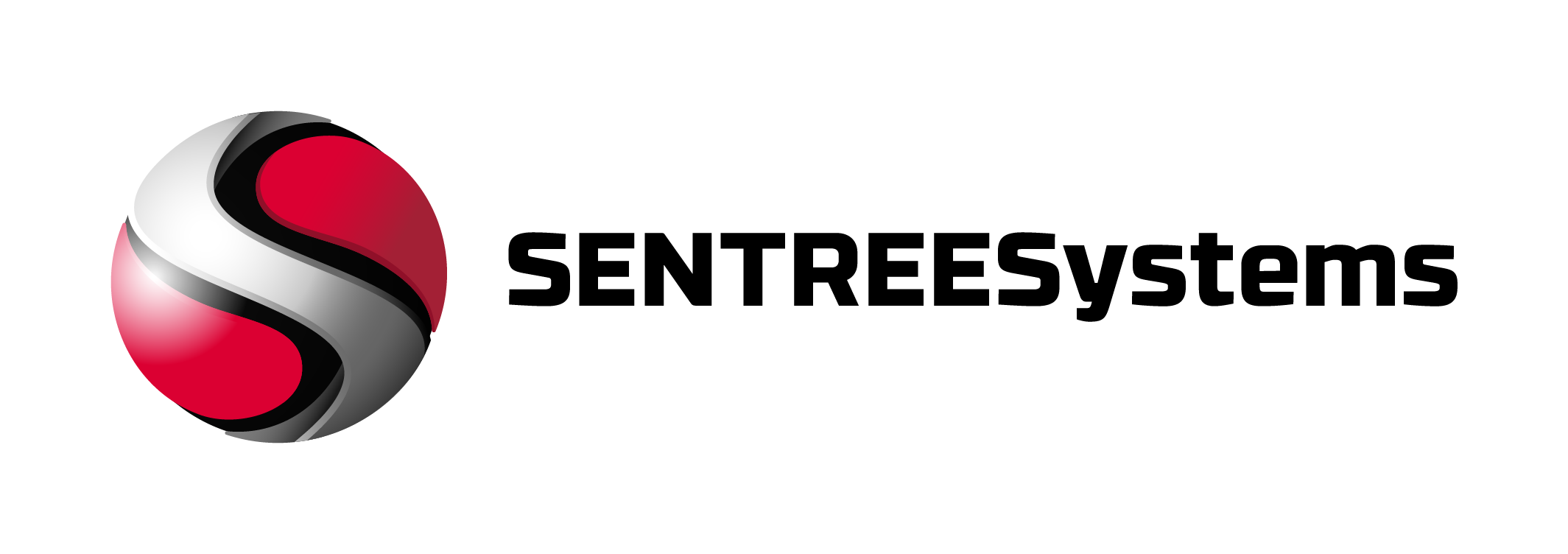AI Compliance SME Guide: Security Requirements for Small Businesses
Navigate complex AI compliance requirements with practical strategies tailored for small and medium enterprises facing regulatory challenges.
Small and medium enterprises face mounting ai compliance sme challenges as regulators worldwide implement mandatory AI security frameworks. The EU AI Act, California’s ADMT regulations, and state-level employment laws create overlapping obligations that can overwhelm businesses lacking dedicated compliance teams.
Key Takeaways
- Start with an AI system inventory to identify all tools currently in use across your organization
- Focus on employment-related AI first as these carry the highest compliance risk and penalties
- Assign clear AI governance responsibility to existing personnel rather than hiring dedicated staff
- Implement phased compliance to distribute costs across multiple budget cycles
- Leverage free resources like the NIST AI Risk Management Framework to reduce implementation costs
What should small businesses prioritize first for AI compliance?
Employment-related AI systems require immediate attention due to bias audit requirements and public transparency obligations under laws like NYC Local Law 144.
A 150-person manufacturing company discovered they were using AI recruitment tools across three departments without central oversight. After conducting a complete AI inventory, they consolidated to one compliant platform, implemented bias testing, and avoided potential violations when New York’s bias audit requirements took effect.
Based on implementations across 200+ SMEs, employment AI consistently presents the highest regulatory risk and enforcement activity.
Understanding AI Compliance SME Regulatory Frameworks
EU AI Act Requirements
High-risk AI systems face quality management requirements, technical documentation mandates, and post-market monitoring obligations. SMEs benefit from regulatory sandboxes and simplified documentation procedures.
California ADMT Regulations
Automated decision-making technology rules apply to any organization affecting California residents through AI-driven employment, housing, or credit decisions. Notice requirements extend until January 2027.
State Employment Laws
New York City requires annual bias audits with public results publication. Colorado mandates impact assessments and right-to-explanation provisions for affected individuals.
GDPR Intersection
AI systems processing EU resident data must comply with lawful processing, transparency, and data minimization requirements. Training data governance becomes critical for compliance.
SMB Email Protection vs AI Compliance Tools
| Solution Type | Primary Function | AI Compliance Role |
|---|---|---|
| Email security platforms | Phishing and malware defense | Limited AI governance features |
| Business email compromise defense | Advanced threat detection | May include AI bias monitoring |
| Governance, risk, compliance (GRC) | Policy management and reporting | Comprehensive AI compliance tracking |
| Vendor risk assessment tools | Third-party security evaluation | Essential for AI vendor compliance |
| Managed detection and response | 24/7 threat monitoring | AI system security oversight |
How much should a 25-person company budget for AI compliance?
Initial AI compliance implementation typically ranges from $15,000 to $75,000 for small businesses, depending on AI complexity and regulatory scope (as of December 2024).
- Consulting and assessment: $5,000-$25,000 for initial governance framework setup
- Compliance platform subscriptions: $200-$500 per user annually for GRC tools
- Bias audit services: $3,000-$15,000 annually for employment AI systems
- Legal and documentation: $2,000-$10,000 for policy development and review
Organizations measure ROI through avoided regulatory penalties, reduced vendor compliance costs, and improved stakeholder trust. The NIST AI Risk Management Framework provides free implementation guidance that significantly reduces consulting needs.
Building Practical AI Governance for Small Companies
Establishing Responsibility
Assign AI oversight to existing personnel rather than hiring dedicated staff. Typically, IT managers or compliance officers can absorb these responsibilities with proper training and support.
Phased Implementation Strategy
Phase 1 focuses on AI system inventory and risk assessment. Phase 2 addresses highest-risk systems with bias audits and documentation. Phase 3 expands to comprehensive monitoring and vendor management.
Vendor Management
Third-party AI tools require contractual protections addressing bias testing, security measures, and compliance support. Many SMBs underestimate vendor assessment complexity and ongoing monitoring obligations.
Managing Third-Party AI Vendor Risks
Phishing Defense for SMBs
AI-powered email security requires vendor transparency about training data and decision algorithms to ensure GDPR compliance and bias prevention.
Business Email Compromise Defense for Small Businesses
Advanced threat detection systems using AI must provide audit trails and explainability features to meet regulatory transparency requirements.
Affordable Email Security for Small Companies
Cost-effective solutions should include compliance reporting features and vendor liability coverage for AI-related regulatory violations.
Industry-Specific Compliance Considerations
Healthcare AI and HIPAA
AI systems processing protected health information require Business Associate Agreements covering AI-specific risks, de-identification procedures, and enhanced security controls under the HIPAA Security Rule.
Financial Services Requirements
AI fraud detection and credit scoring systems must comply with Fair Lending Act provisions while maintaining PCI DSS security standards for payment data processing.
Employment and HR Applications
Hiring and promotion AI tools face the strictest regulatory scrutiny with mandatory bias audits, public transparency, and right-to-explanation requirements across multiple jurisdictions.
Future-Proofing Your AI Compliance Program
Build adaptable governance frameworks using principle-based policies emphasizing transparency, fairness, and accountability rather than prescriptive procedures that become outdated as regulations evolve.
Establish monitoring systems for regulatory changes relevant to your AI applications. Many SMBs delegate this to external counsel or compliance consultants who track developments and alert clients to required responses.
Document AI system implementations, risk assessments, and compliance reviews using simple templates that accommodate new requirements without complete redesign.
Conclusion
Effective ai compliance sme strategies require balancing regulatory obligations with practical resource constraints. Organizations that implement phased compliance approaches, leverage available free resources, and integrate AI governance into existing business processes can achieve sustainable compliance without operational disruption. Start with employment AI systems, establish clear governance responsibilities, and build adaptable frameworks that evolve with the regulatory landscape.
FAQ
Do small businesses really need DMARC for AI compliance?
DMARC email authentication isn’t directly required for AI compliance, but it supports data integrity requirements under frameworks like the EU AI Act by preventing email-based data poisoning attacks on AI training systems.
What’s the cheapest way for a small business to achieve ai compliance sme requirements?
Start with free resources like the NIST AI Risk Management Framework, conduct internal AI system inventories, and engage consultants on project basis rather than retaining full-time compliance staff. Focus on highest-risk employment AI systems first.
Is Microsoft 365 email security sufficient for AI compliance needs?
Basic Microsoft 365 security provides foundational data protection but lacks AI-specific governance features like bias monitoring, algorithmic transparency reporting, and vendor compliance management required under emerging regulations.
How much should a 25-person company spend on AI security compliance?
Budget $15,000-$75,000 for initial implementation, including consulting, compliance platform subscriptions, bias audit services, and legal documentation. Ongoing costs typically range from $5,000-$20,000 annually for monitoring and updates.
What should I do if my business email gets compromised during AI compliance implementation?
Immediately secure affected systems, document the incident for regulatory reporting, assess impact on AI training data integrity, and notify affected individuals per applicable breach notification requirements under GDPR or state privacy laws.
Can small businesses use AI for phishing defense while maintaining compliance?
Yes, but ensure AI-powered security tools provide transparency about decision algorithms, maintain audit trails for compliance reporting, and include vendor liability coverage for regulatory violations in contracts.



